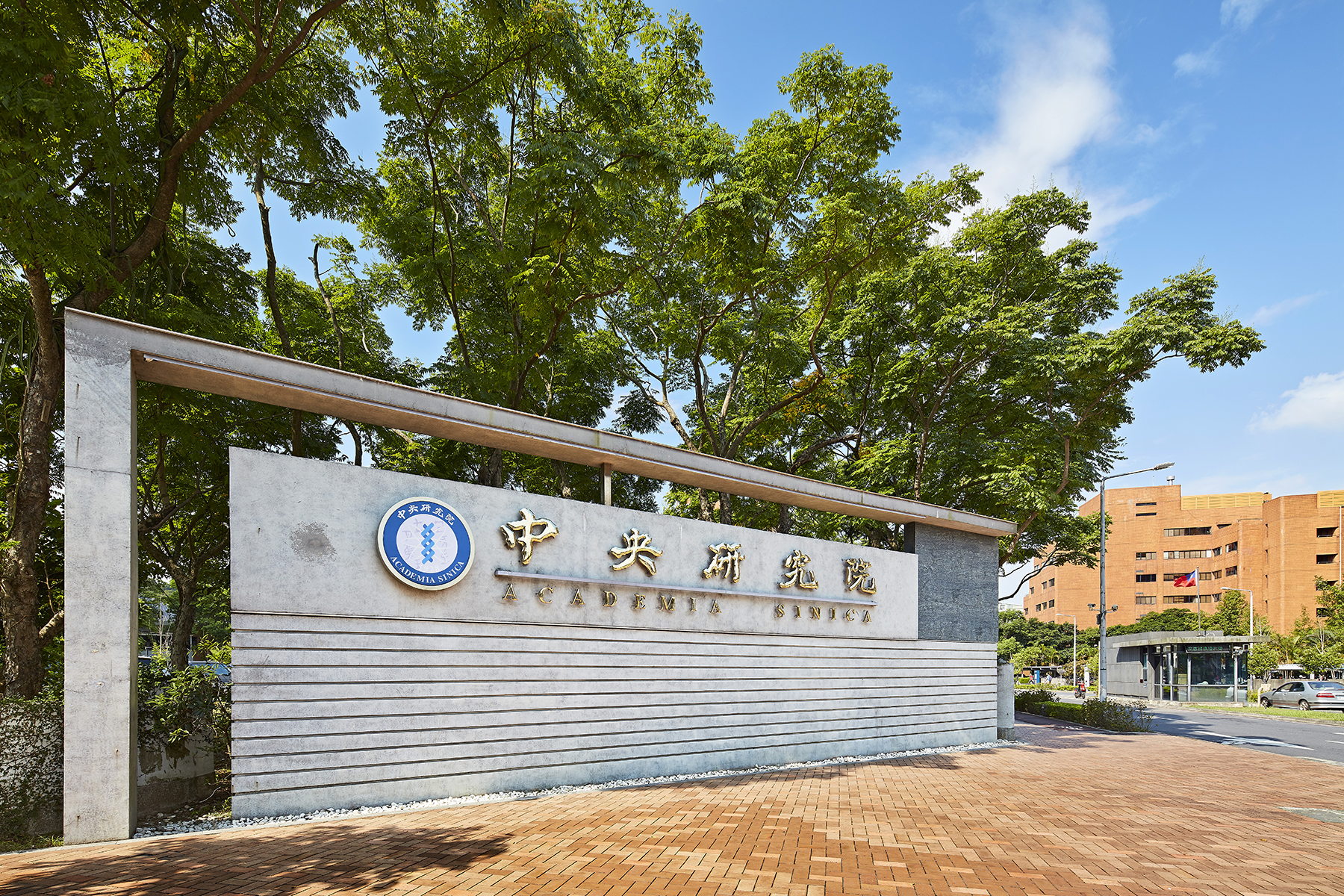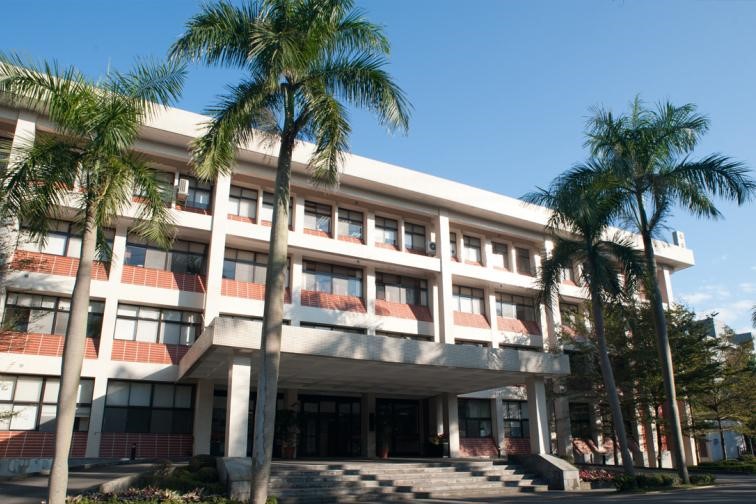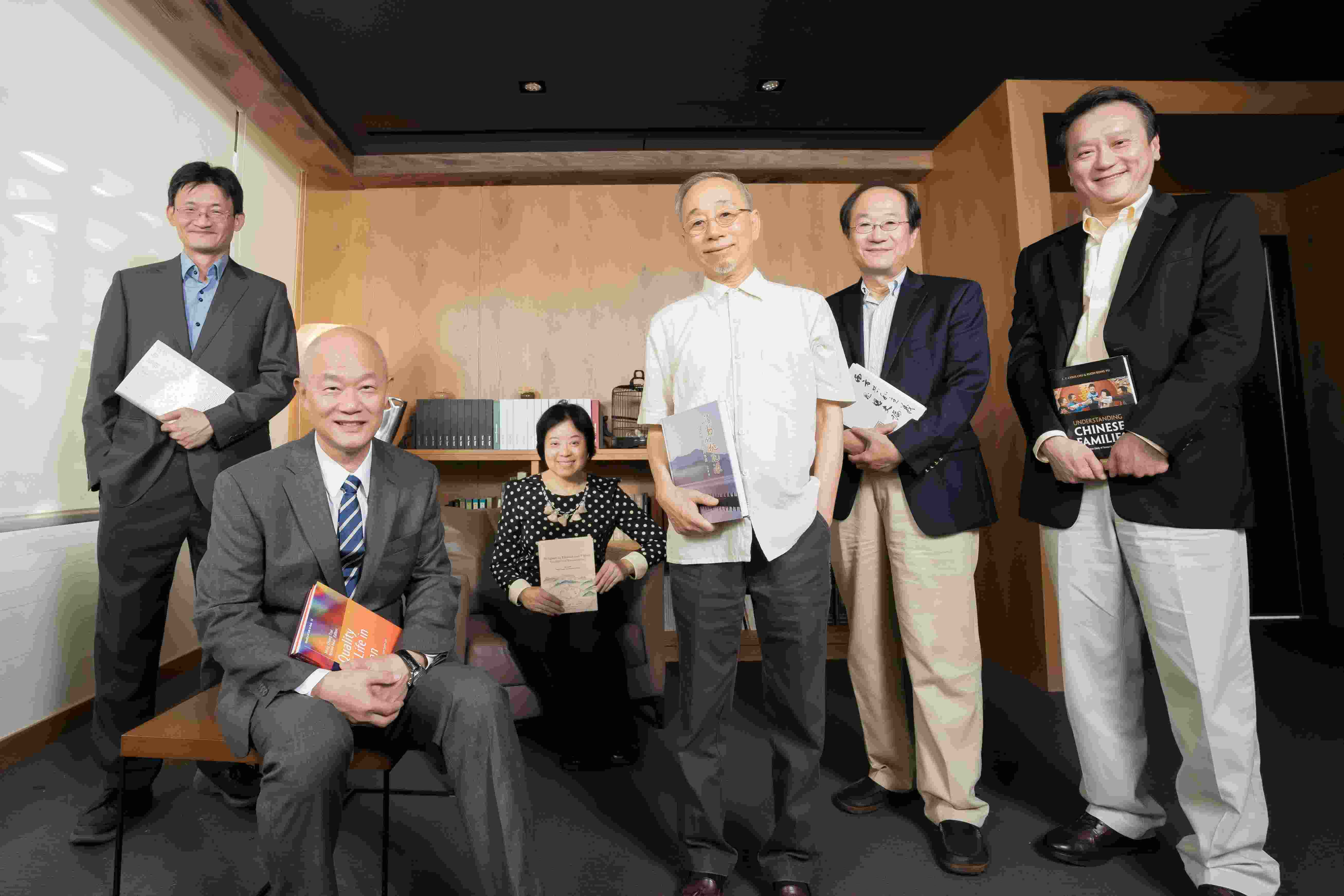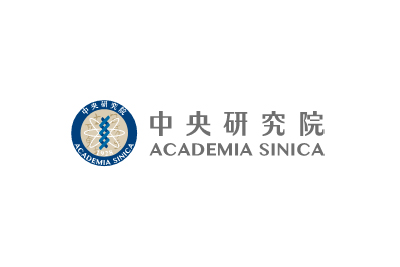- Lectures
- Institute of Physics
- Location
5F, 1st Meeting Room, Institute of Physics
- Speaker Name
Dr. Yi-Teng Hsiao (Institute of Atomic and molecular Sciences, Academia Sinica)
- State
Definitive
- Url
https://www.phys.sinica.edu.tw/lecture_detail.php?id=2778&eng=T
【Abstract】
Optical microscopy is a widely-used tool for characterizing the structure and dynamics of small samples. Recent advances in interference microscopy have enabled direct visualization of single nano-sized objects within controlled environments. However, in complex system such as densely packed live cell nuclei, the acquisition of molecular-specific structures still heavily relies on fluorescence imaging with labeling and super-resolution techniques. These fluorescence methods have limitations in capturing dynamic processes. In this talk, I will introduce and compare several cutting-edge scattering-based optical interference microscope technique, including interferometric scattering (iSCAT) microscopy, contrast-enhanced coherent brightfield (COBRI) microscopy, and spinning disk iSCAT confocal microscopy. All of these methods detect linear scattering signals through interference, allowing for sensitive measurement of nano-sized objects at high speeds (up to 1000 frames per second). With a spinning disk scanning unit, our iSCAT confocal microscopy achieves improved axial resolution, enabling the visualization of cellular organelles like the endoplasmic reticulum and the capture of rapid movements of native vesicles in living biological cells. Within complex system, by analyzing the dynamic scattering signal of sample fluctuation, the nanostructure organization, mass density, and diffusion coefficient can be determined without directly resolving the nano-sized objects. To illustrate this capability, we employ COBRI microscopy with proper temporal analysis to demonstrate live cell nucleus imaging. Our method has successfully detected nanostructure organization, including chromatin condensation and decondensation in response to drug-induced histone modification. Furthermore, I will present recent results from a variety of biophysical studies, such as rapid chromatin decondensation at DNA damage sites induced by laser microirradiation, chromatin remodeling in the early S-phase, and chromatin dynamics influenced by transcriptional activities. Finally, the opportunities and challenges of scattering-based optical interference microscope technique for bioimaging and biophysical studies will be discussed.









 Home
Home

